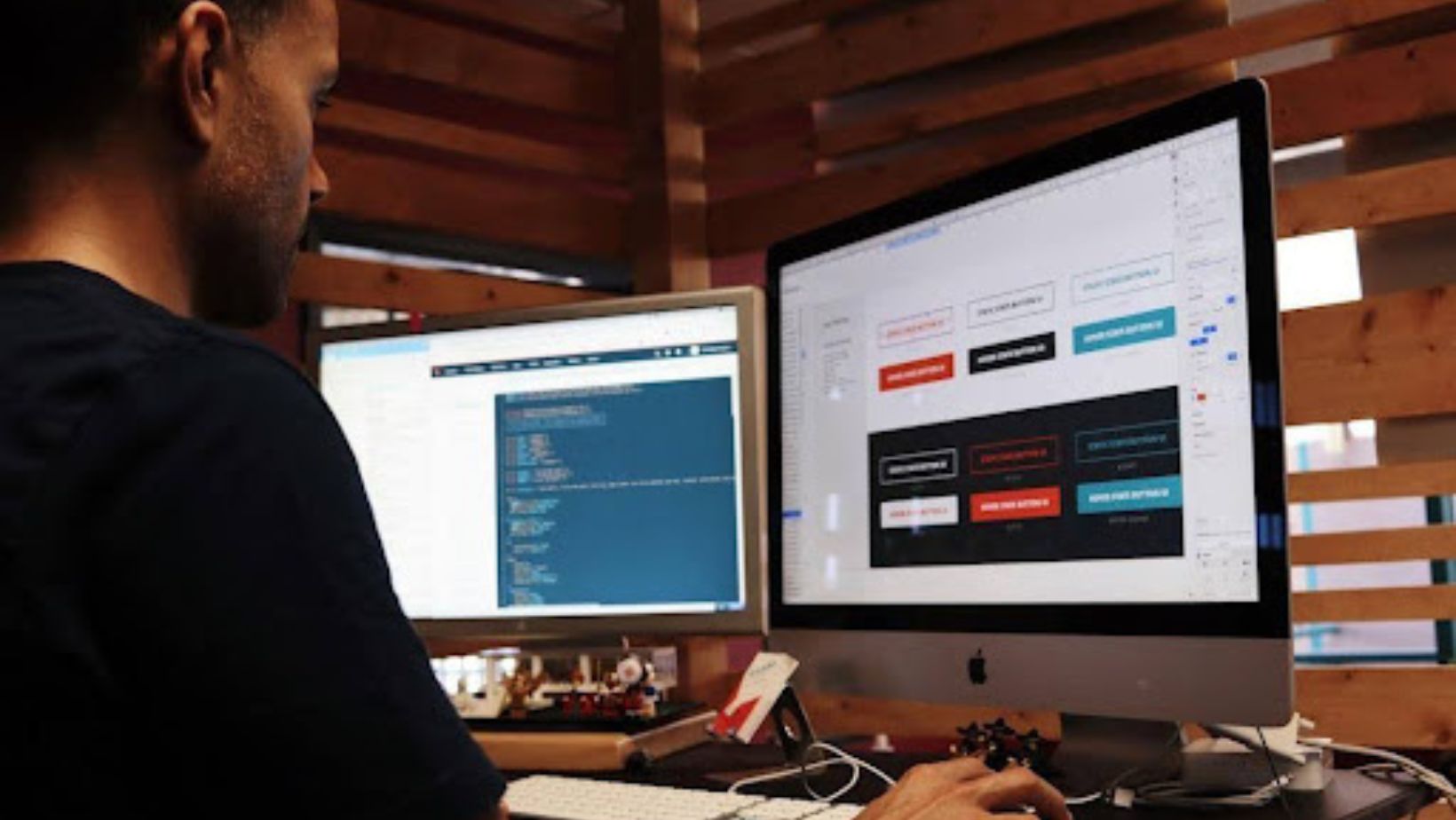Embarking on the web development journey can be thrilling and daunting, especially when delving into the vibrant ecosystem of PHP frameworks. Laravel stands out as a top choice for developers who seek an elegant syntax coupled with powerful features. Designed for web artisans, Laravel simplifies the development process by easing common tasks such as routing, authentication, and caching. Whether you’re new to programming or an experienced developer looking to expand your toolkit, Laravel offers a rewarding experience. Below, we unfold the essentials of Laravel and show you how to harness its capabilities for your web projects.
Setting Up Your Development Environment for Laravel
Setting up your development environment is crucial before diving into Laravel web development. Laravel requires a server with PHP, a web server like Apache or Nginx, and various PHP extensions. While this might sound daunting, Laravel Homestead—a pre-packaged Vagrant box—provides a hassle-free development environment with all the requirements.
Homestead is highly recommended for beginners as it simplifies managing dependencies. It allows you to create and dispose of development environments without affecting your local machine. Alternatively, you can also use Laravel Valet on Mac, which offers a minimalistic, lightning-fast development environment suited for small to medium projects.
The composer plays a pivotal role within the Laravel ecosystem. It is a dependency manager that facilitates the installation and update of Laravel and third-party packages. Mastering Composer commands will streamline your workflow and ensure your development environment aligns with Laravel’s standards.
Another integral part of your development environment is a version control system like Git. This ensures that changes to your codebase are tracked systematically, allowing for collaboration and proper version management. With the environment set, you’re now ready to explore the MVC architecture, which is fundamental to building applications with Laravel.
The MVC Architecture in Laravel: A Primer for Beginners
Laravel follows the Model-View-Controller (MVC) architecture, a widely accepted software design pattern for developing web applications. This design pattern separates the application logic into three interconnected components; models handle data and business logic, views are responsible for the presentation layer, and controllers manage the user input and interactions between models and views.

In the context of Laravel, models are typically associated with Eloquent—Laravel’s ORM. Eloquent simplifies database interactions, allowing developers to interact with database objects more intuitively than raw SQL queries. It cleans up your code and accelerates development time by handling common database operations efficiently.
Views in Laravel utilize the Blade templating engine, which offers a sleek syntax for defining layouts and injecting dynamic content. Blade templates are compiled into plain PHP code for optimal performance, and its intuitive syntax aids in keeping your views clean and understandable. This promotes a separation of concerns that is fundamental to MVC architecture.
Controllers in Laravel tie the logic together, defining how HTTP requests should be handled. They contain methods corresponding to different routes in your application, dictating what action should be taken when a specific route is accessed. A single controller method may call upon multiple models and select the appropriate view to present to the user, oftentimes serving as the orchestrator of your application’s flow.
Building Your First Web Application with Laravel
With a solid understanding of Laravel and your environment ready, it’s time to create your first web application. Laravel’s Artisan command-line interface is a cornerstone in this process, providing a set of commands that helps you scaffold your project. Simple Artisan commands can jumpstart your development process by creating controllers, models, and views.
Routing in Laravel is facile and expressive. It allows you to define the URLs for your application and the methods on your controllers that they map to. With middleware, which can filter HTTP requests entering your application, the routing system offers a robust and flexible way to control access and behavior.

Authentication is essential to most web applications, and Laravel shines with its built-in Auth system. This takes a substantial load off your shoulders, providing out-of-the-box user registration, login, and password reset functionalities. Integrating these features seamlessly allows you to add security layers to your application with minimal fuss.
Overall, Laravel provides a powerful yet intuitive framework that simplifies web development through its elegant syntax, robust features, and structured MVC architecture. By leveraging tools like Artisan, Eloquent, and Blade, developers can efficiently build scalable and secure applications with minimal complexity.
